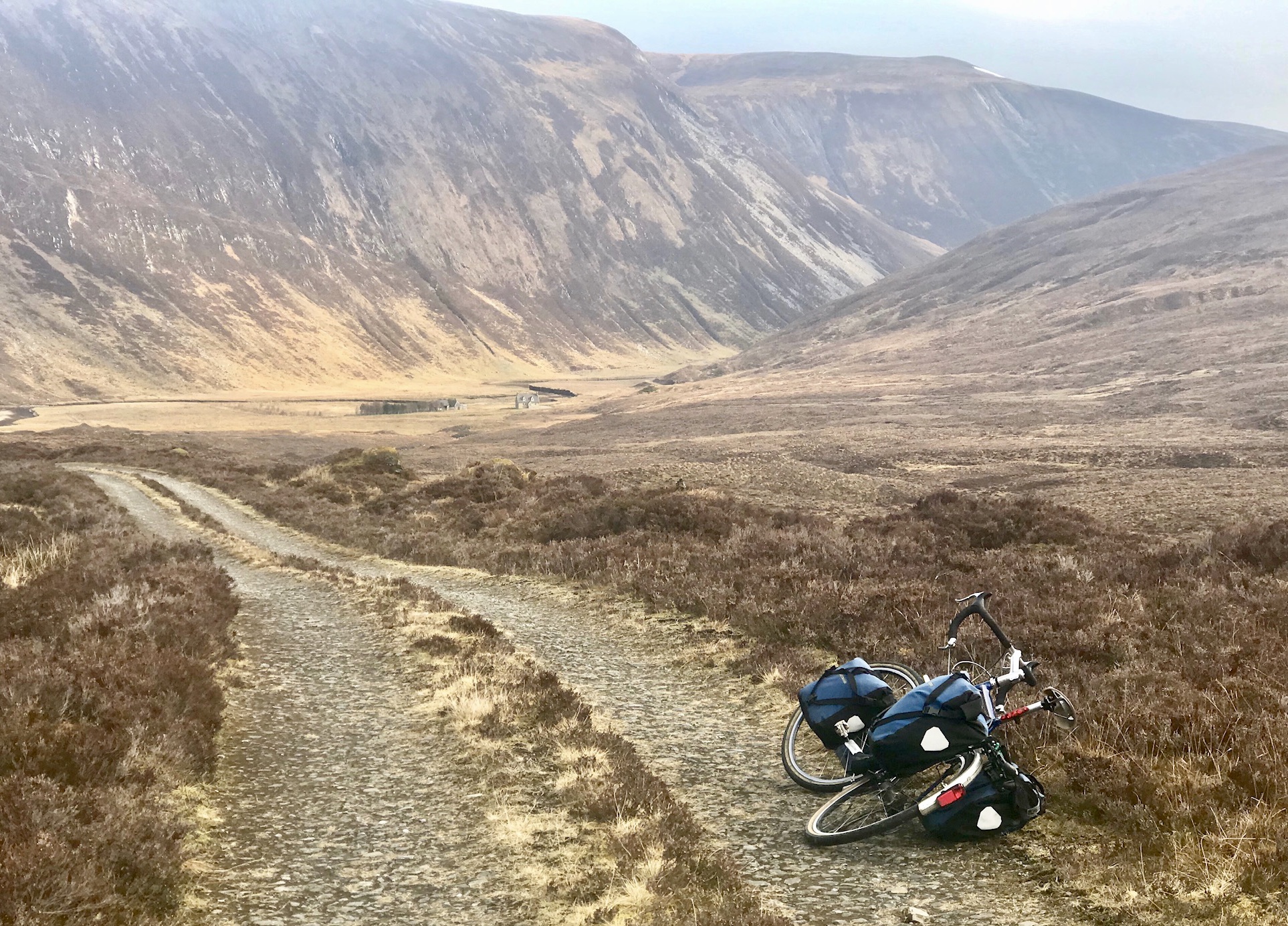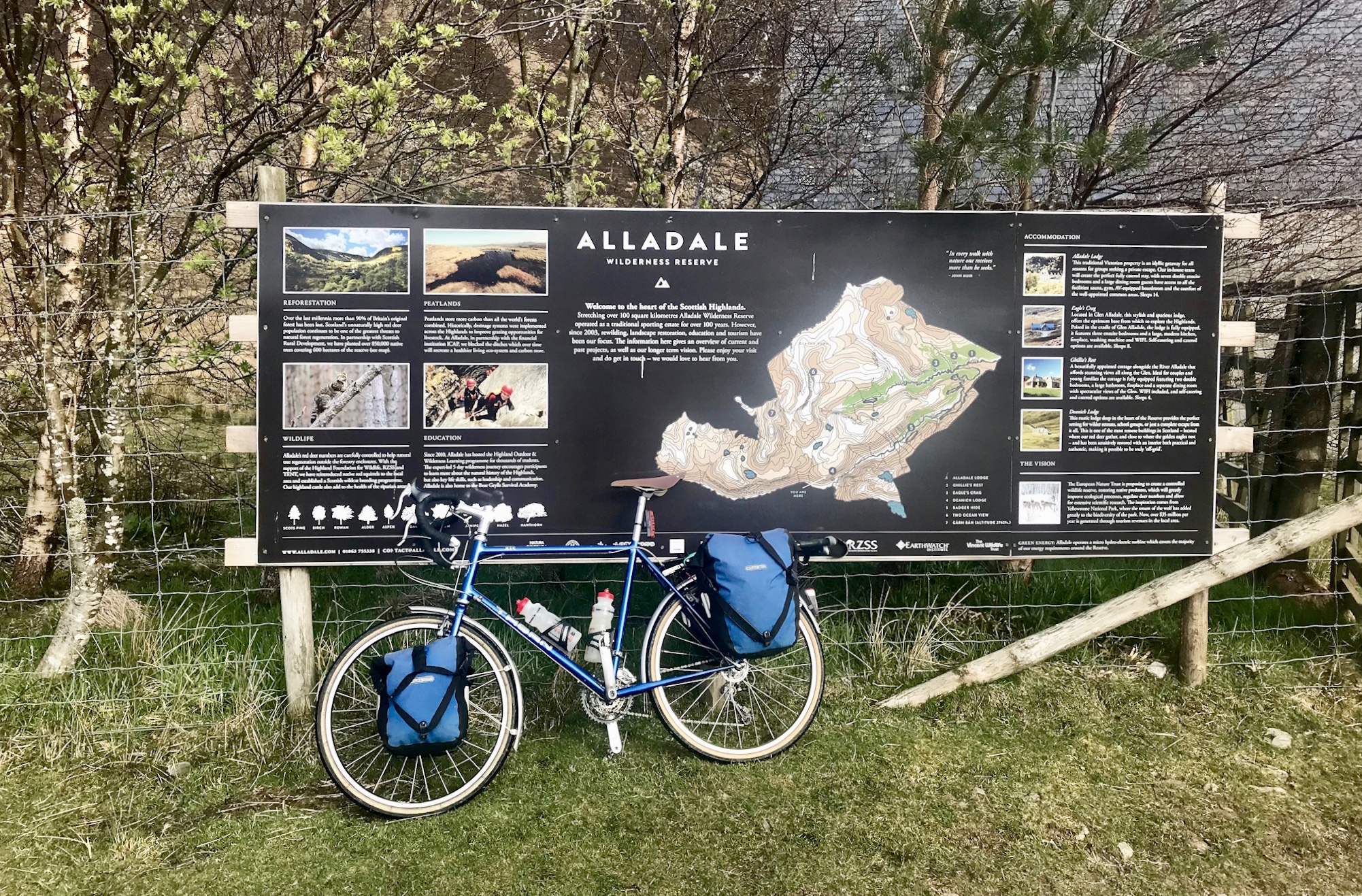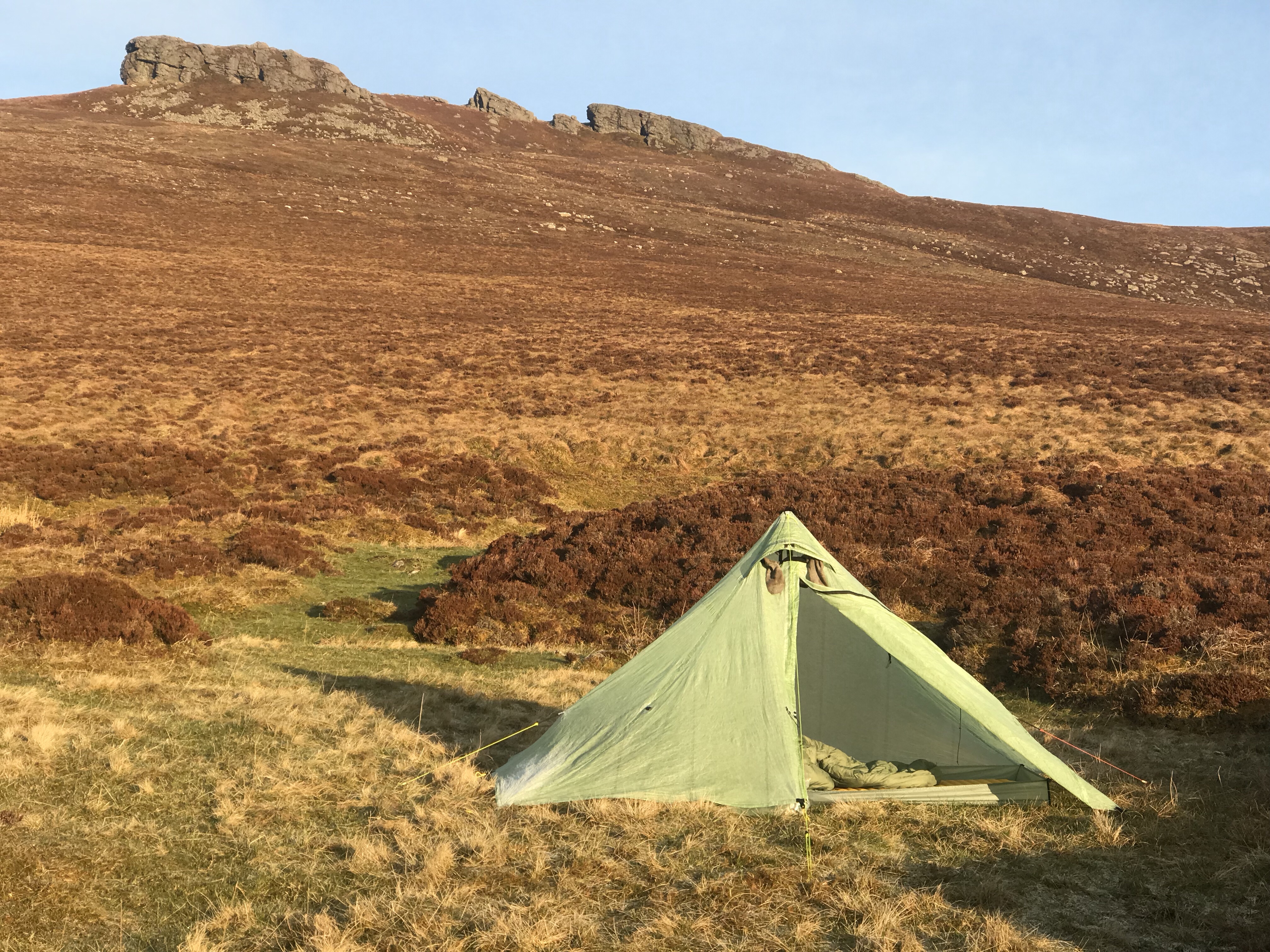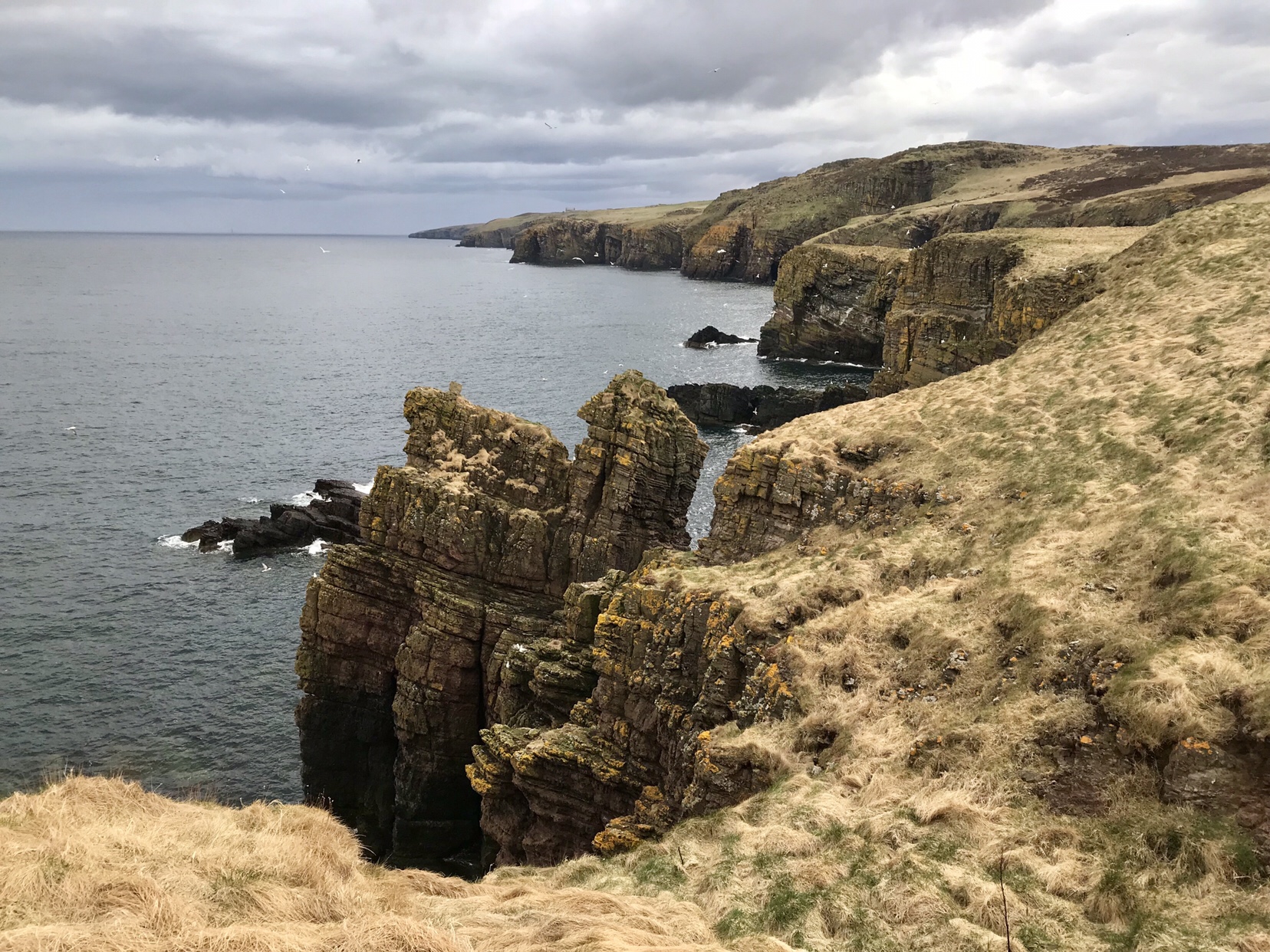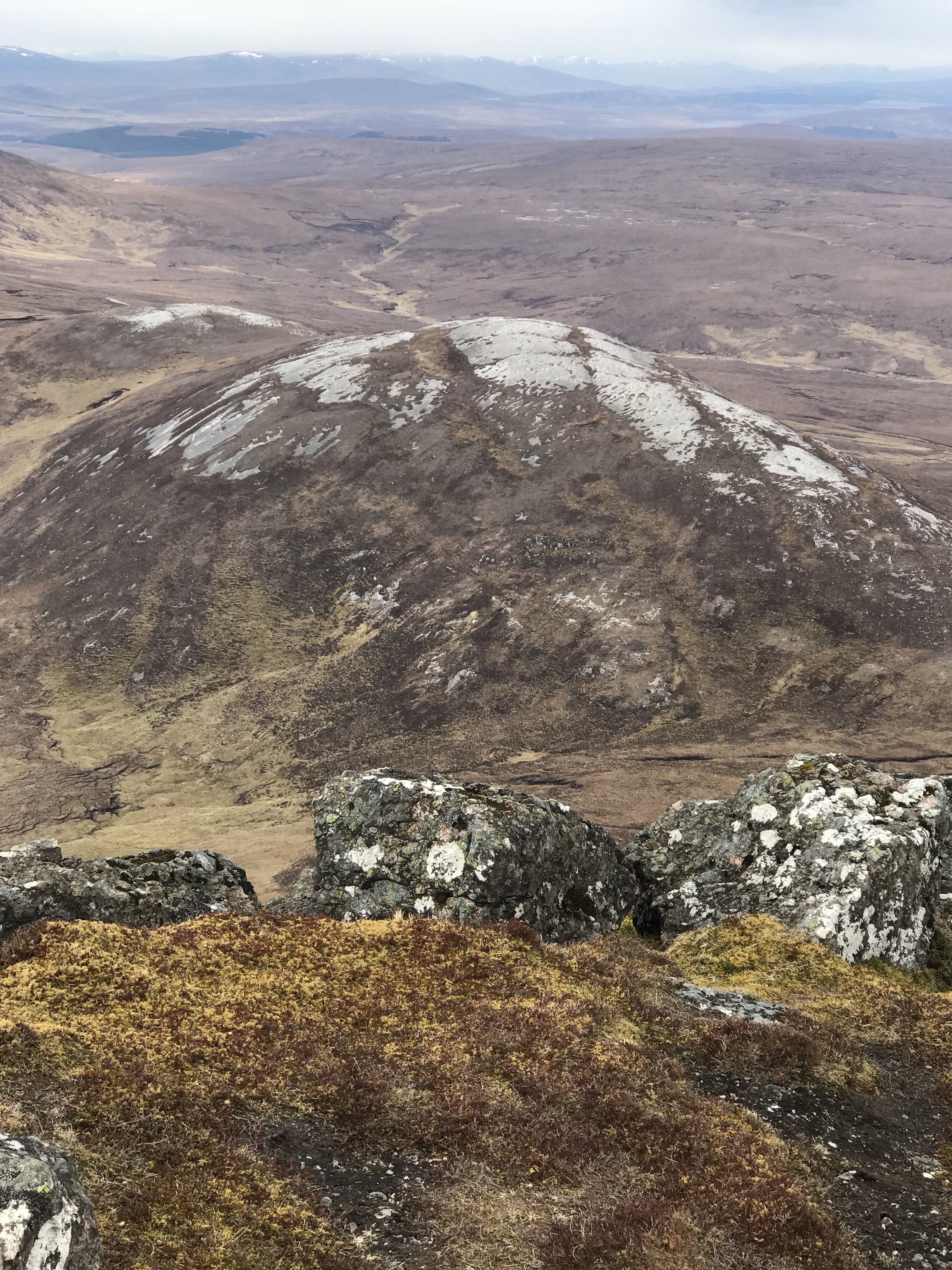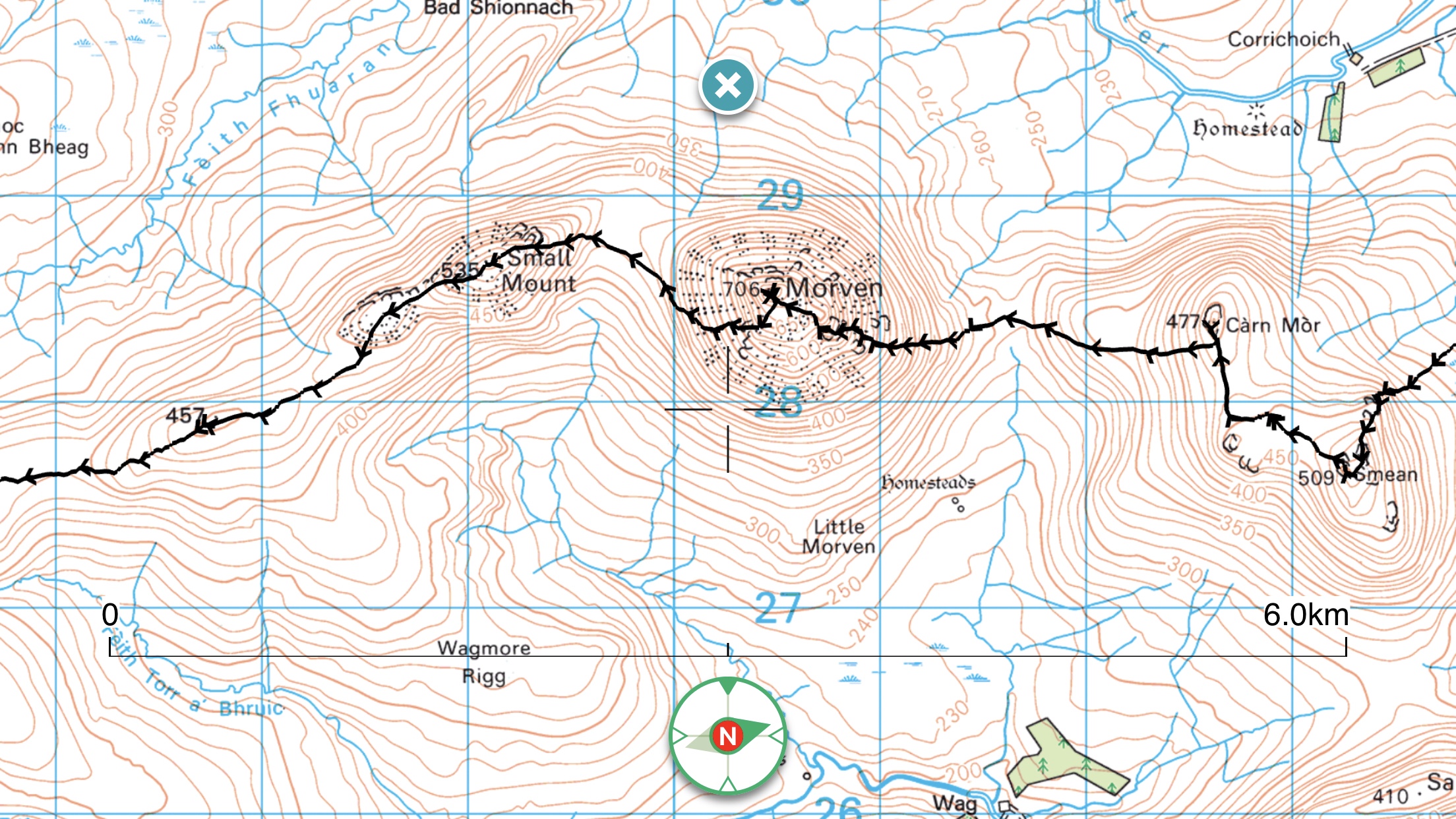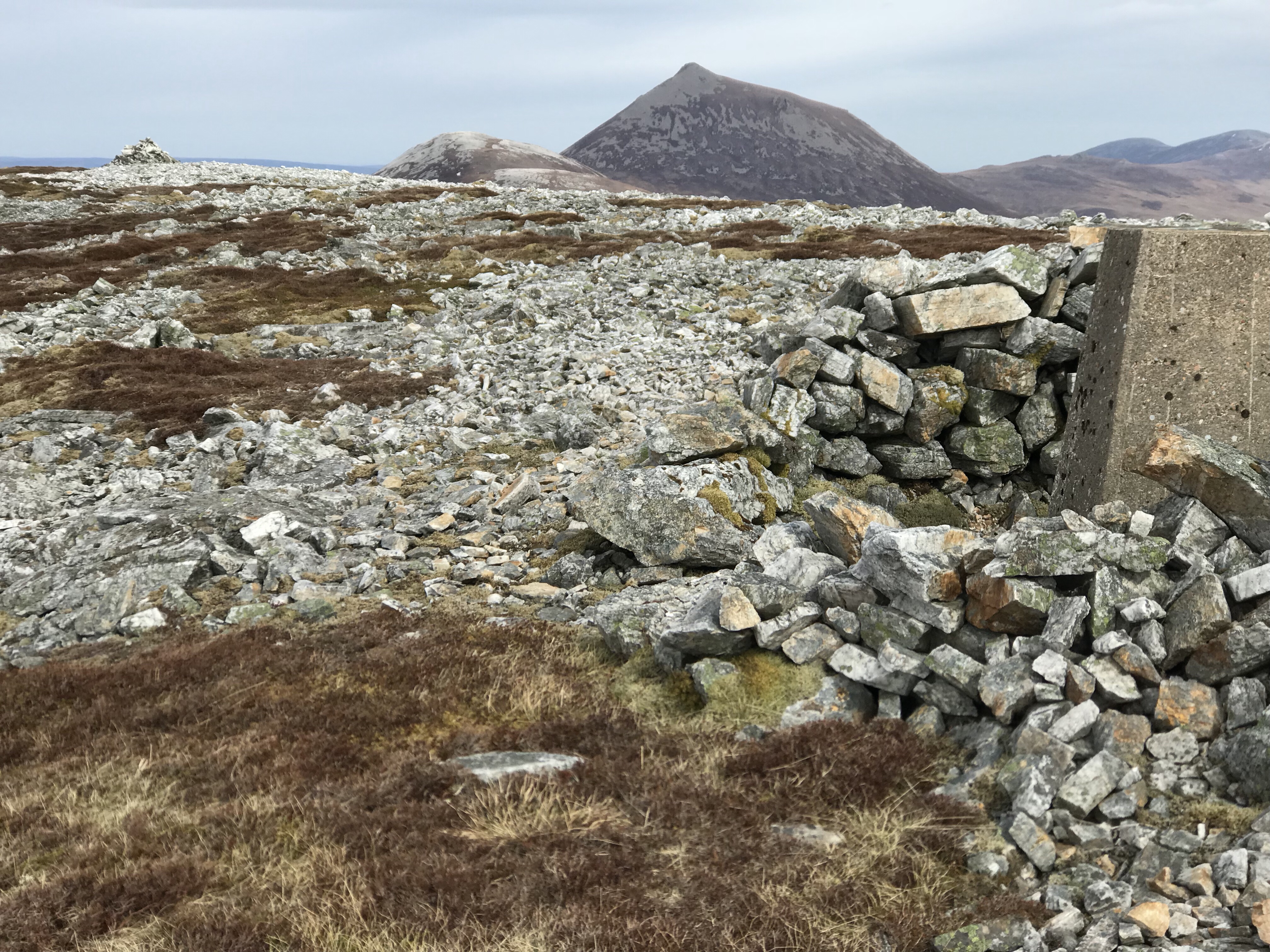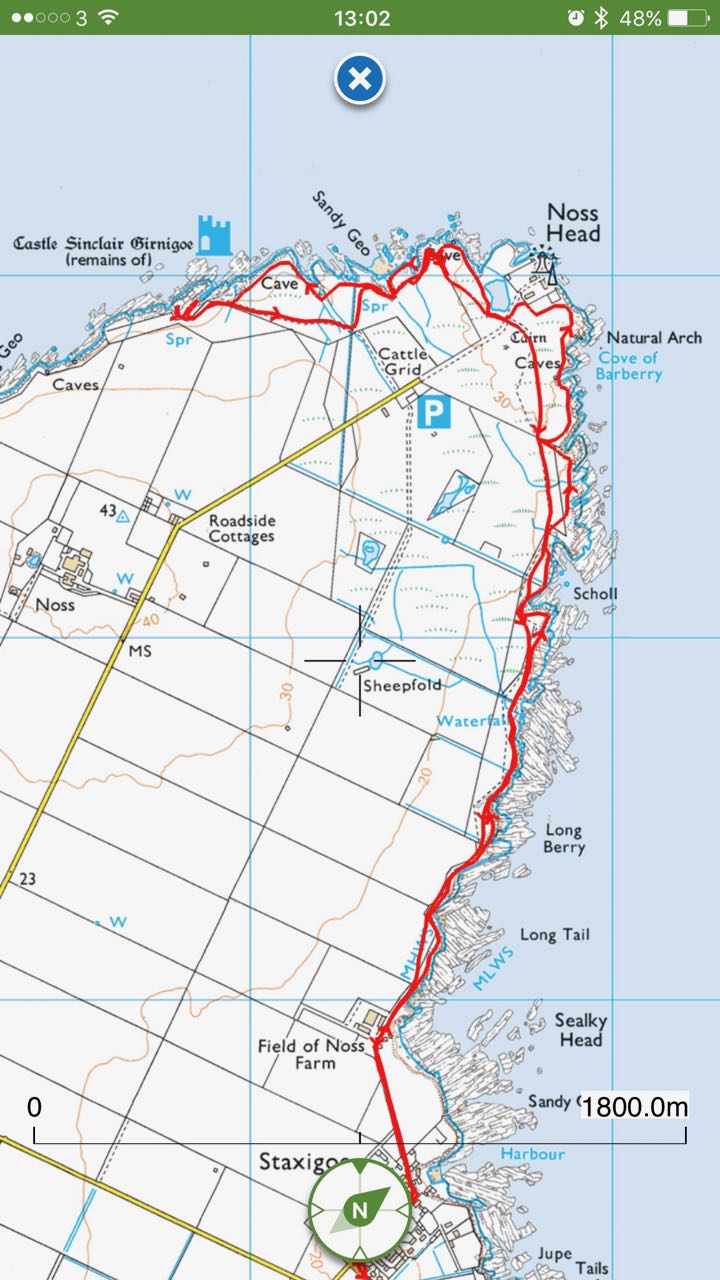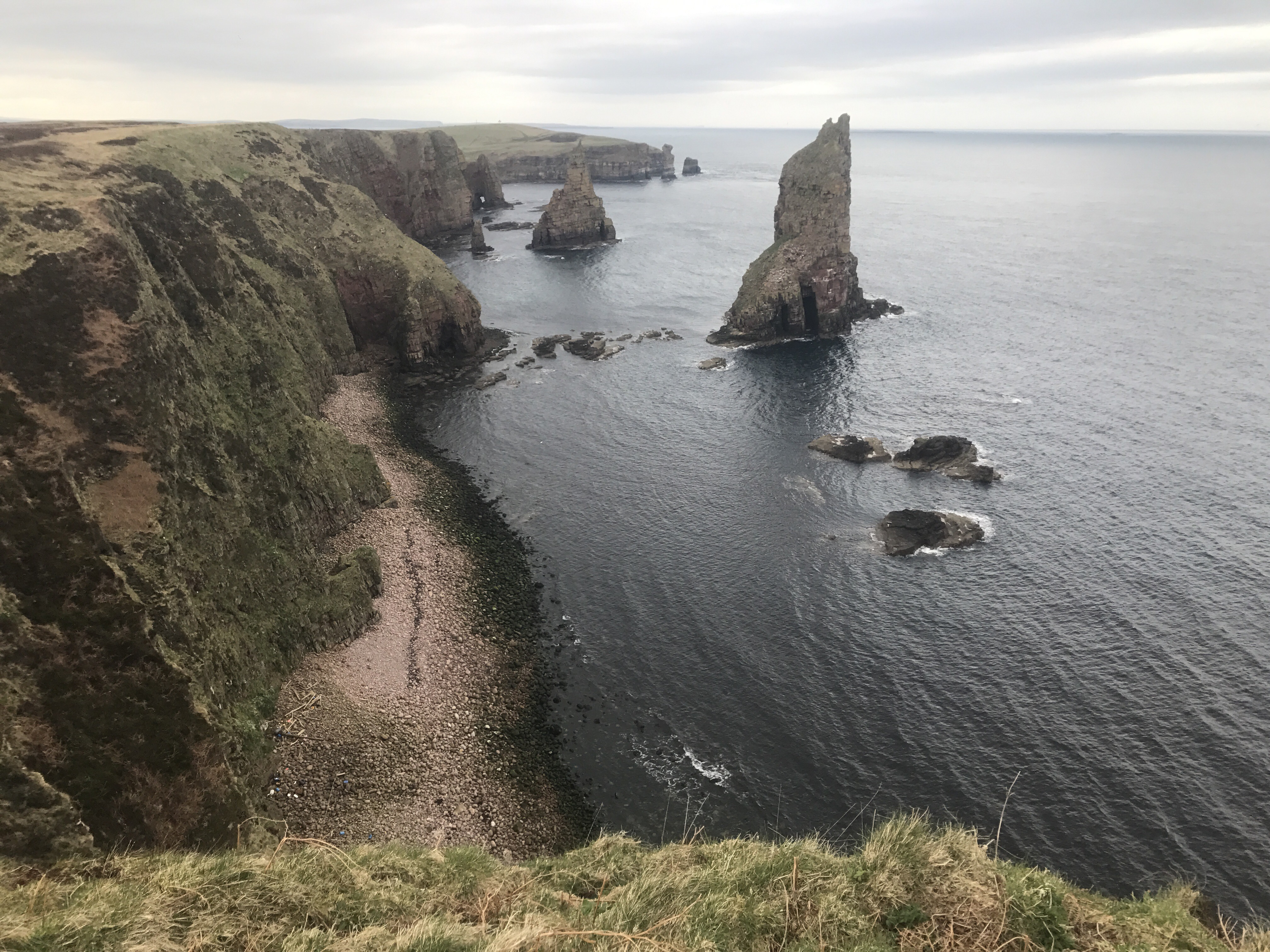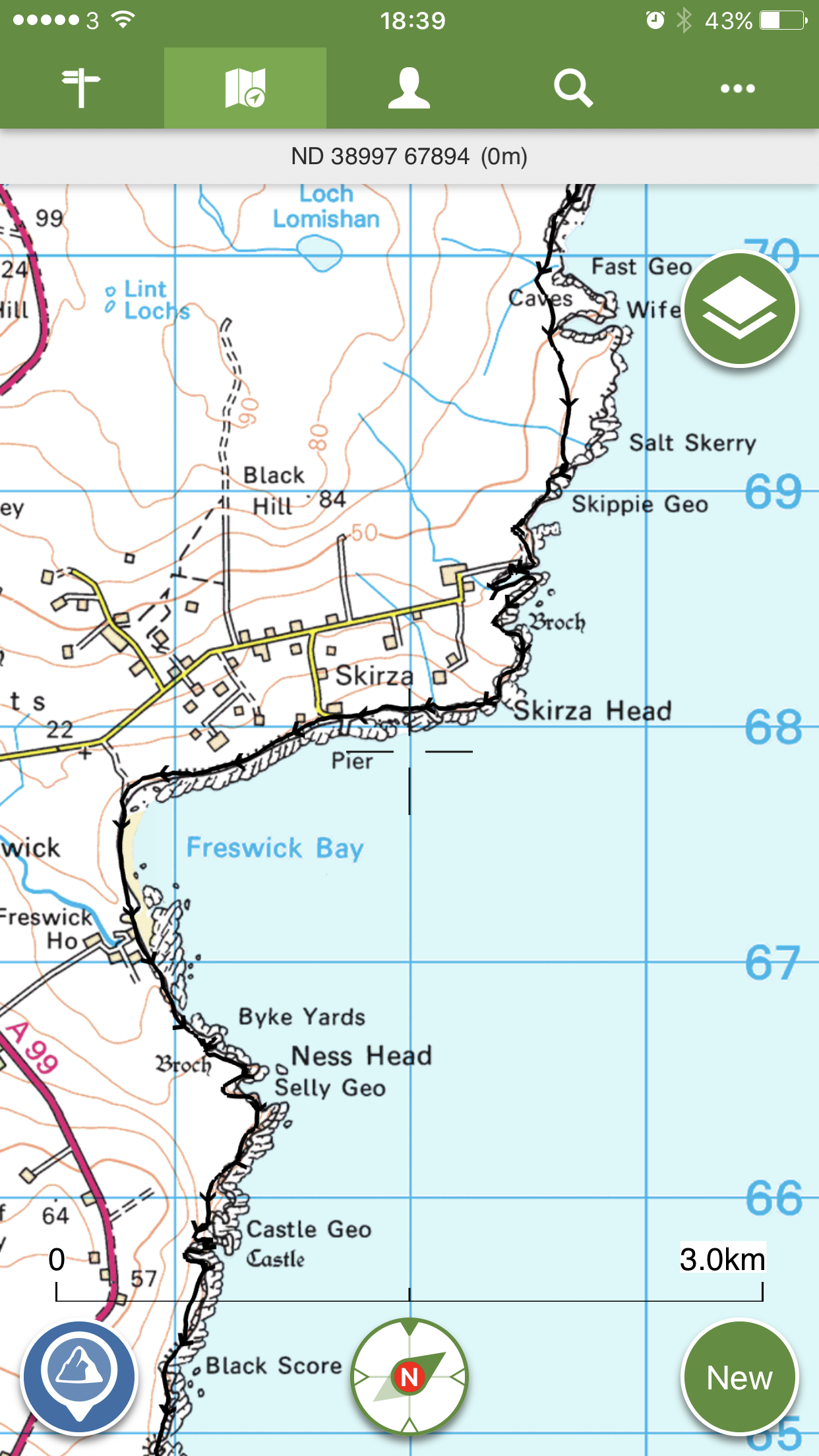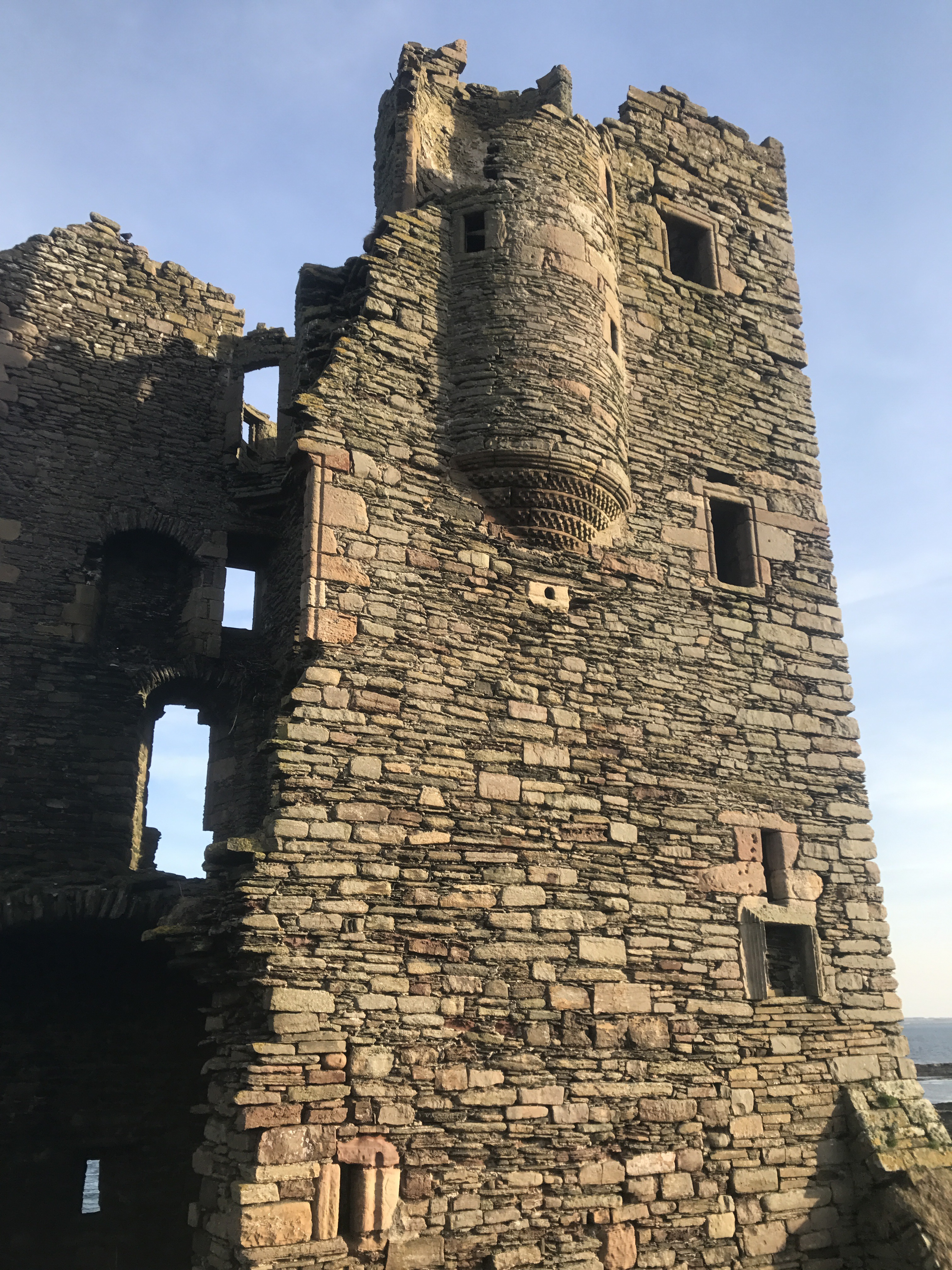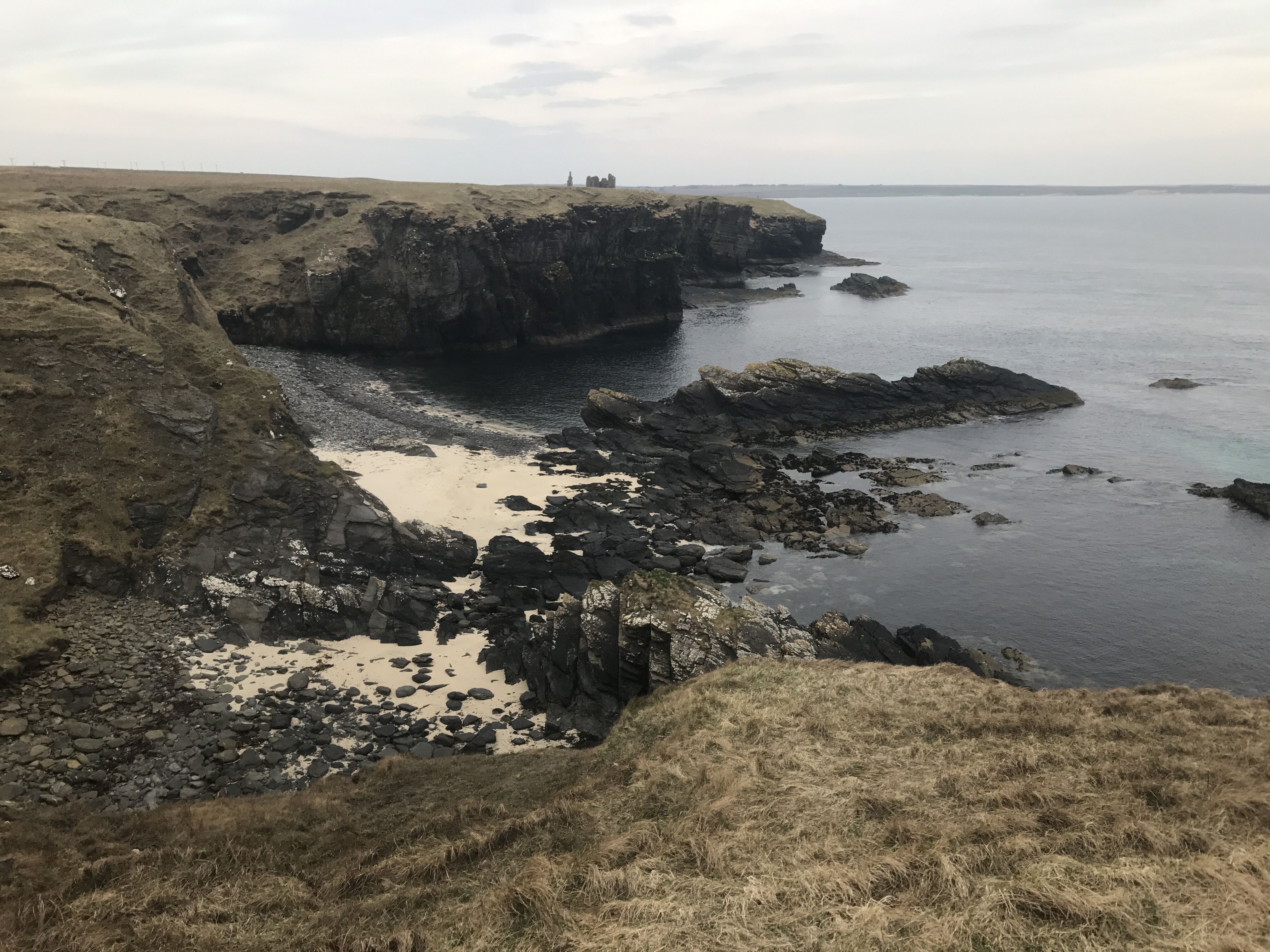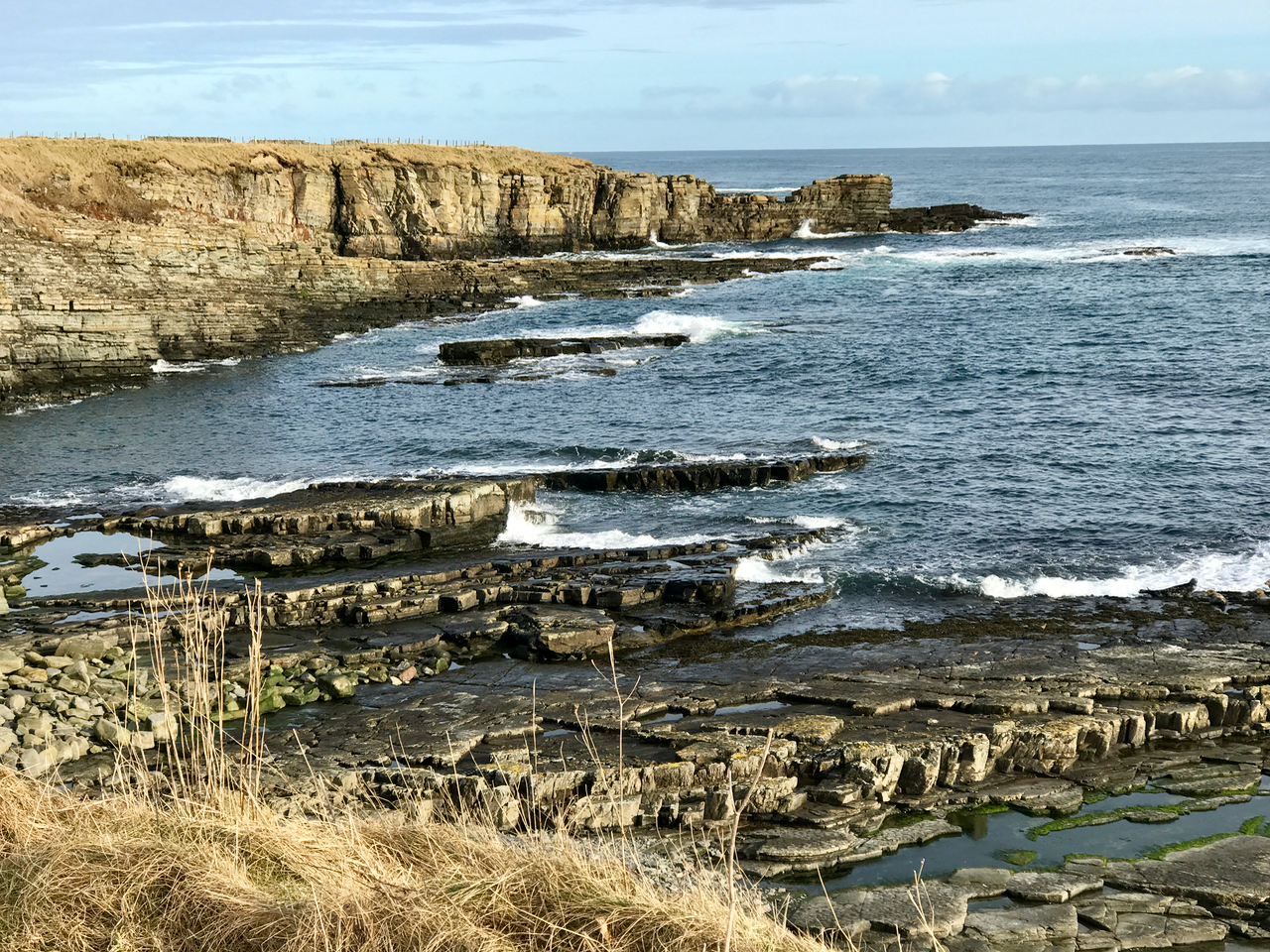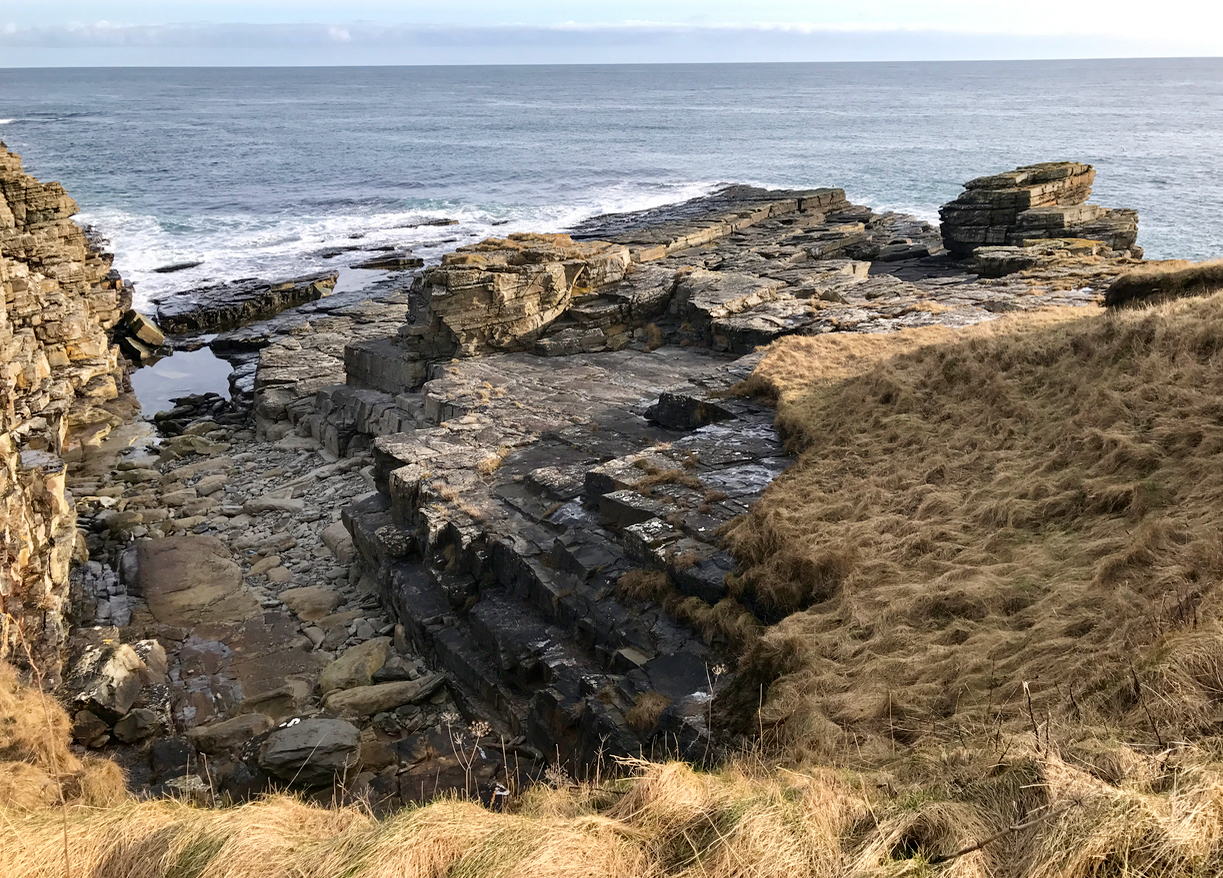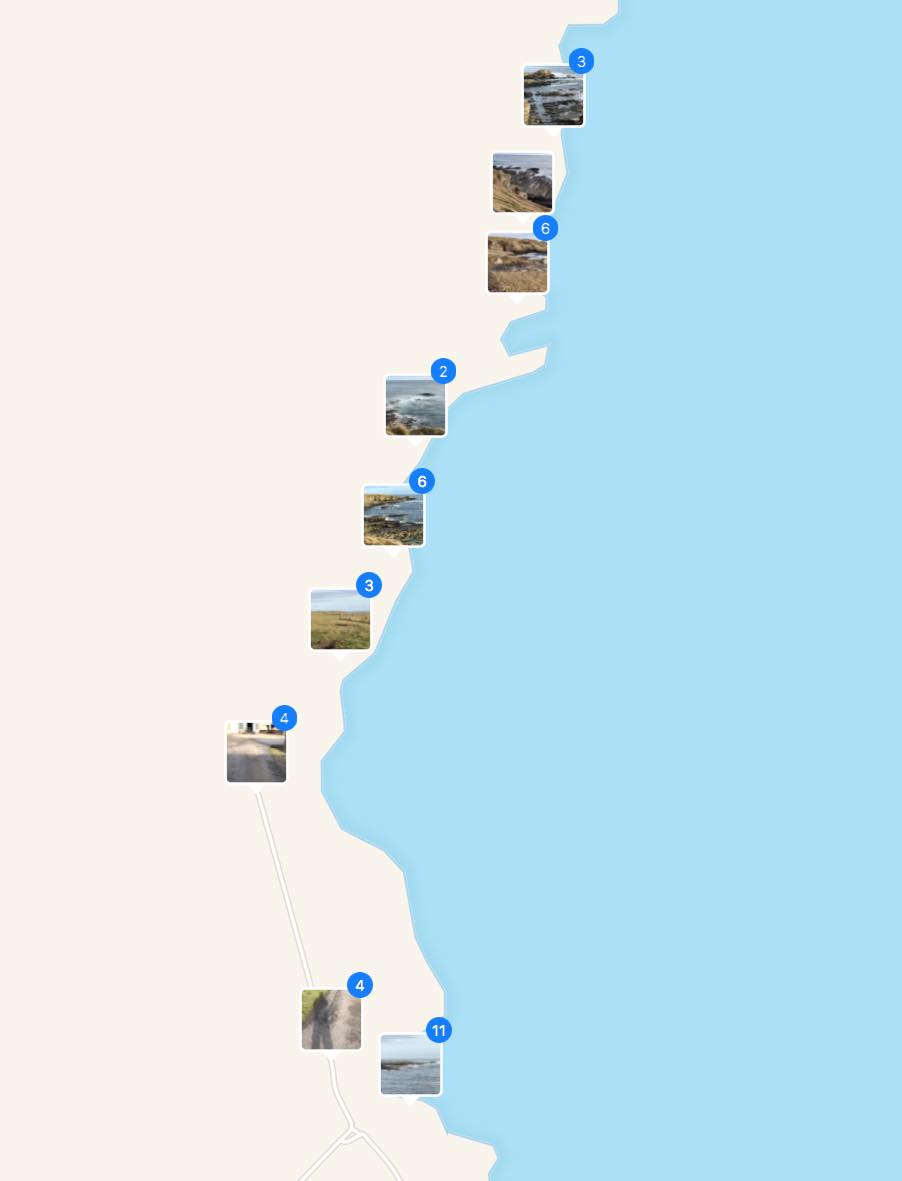Three cars beat mine to the little Braemore park. I squeezed into the side of the narrow road, leaving enough space for farm machinery to pass, and set off for Maiden Pap. Unsure of my hill fitness, plans were loose. Smean, yes, Morven, maybe. That’s not how things worked out as my direct line on the steep summit took me through one of the worst arthropod assaults I have ever endured.
I had worried about the heat, which was ridiculous for September in Caithness. My Tilley hat soaked through with sweat but was ignored as swarms of keds settled on me. They lay eggs in the skin of deer and seemed to be checking human suitability on the off-chance. To escape, I went so quickly that a thromby was on the cards. At the summit, a breeze kept ked numbers down so I ate and decided my enthusiasm had gone. I descended to the Allt Aoil and finally began to enjoy the day as I meandered back to Braemore.
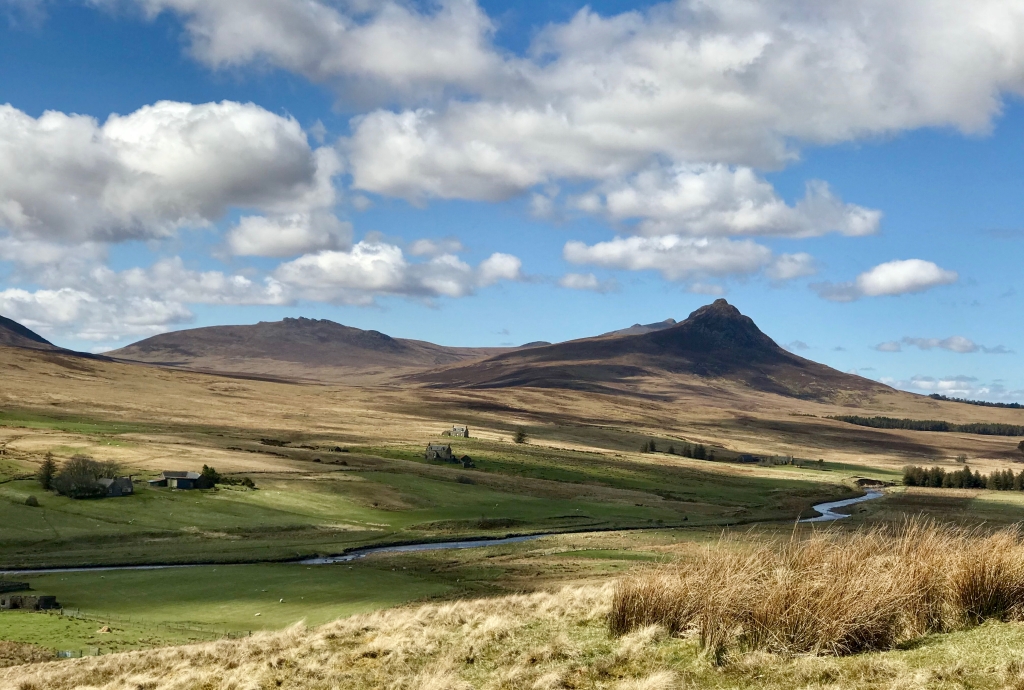
A previous visit had been far more enjoyable. From Braemore, I followed the Scaraben signs and slogged up a wet hillside to the cold, windy ridge. Views were astonishing. The Cairngorms, Orkney and Assynt. Haze obscured only the Munros to the SW. I traversed the ridge and then descended to the bealach between Smean and Scaraben. A nice patch of grass in a sea of heather looked good for a Duomid and was, apart from a few ticks.
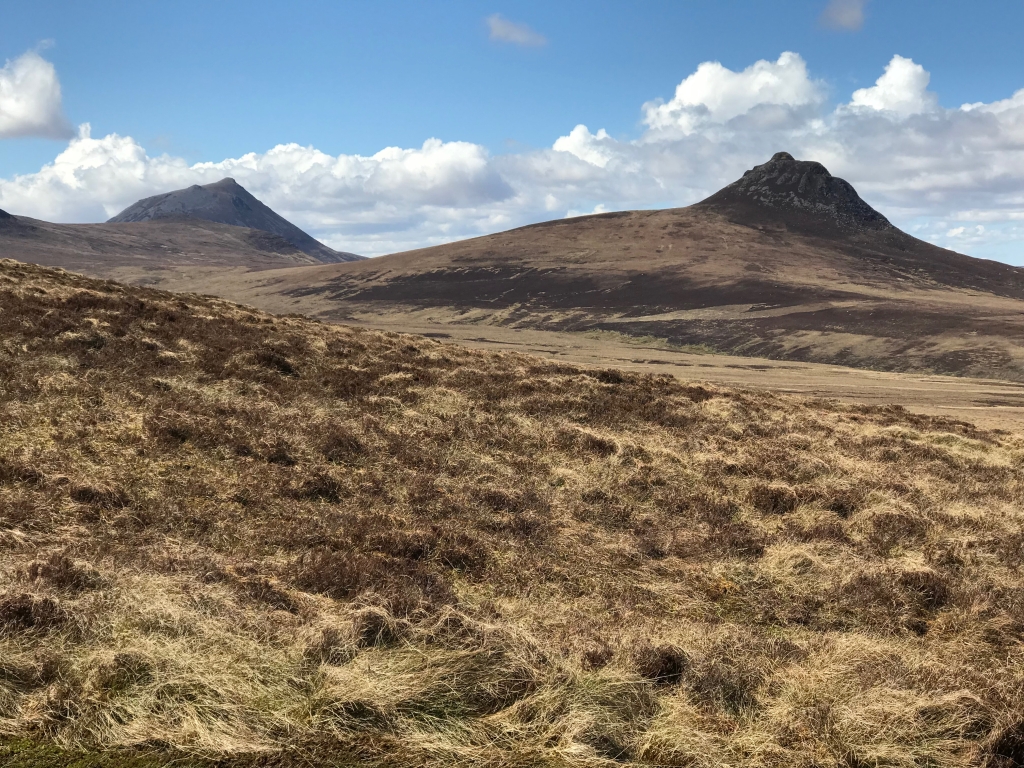

Next morning, I climbed Maiden Pap from the west and then went over Smean to Morven. Smean is an entertaining hill, with tors and gonks.
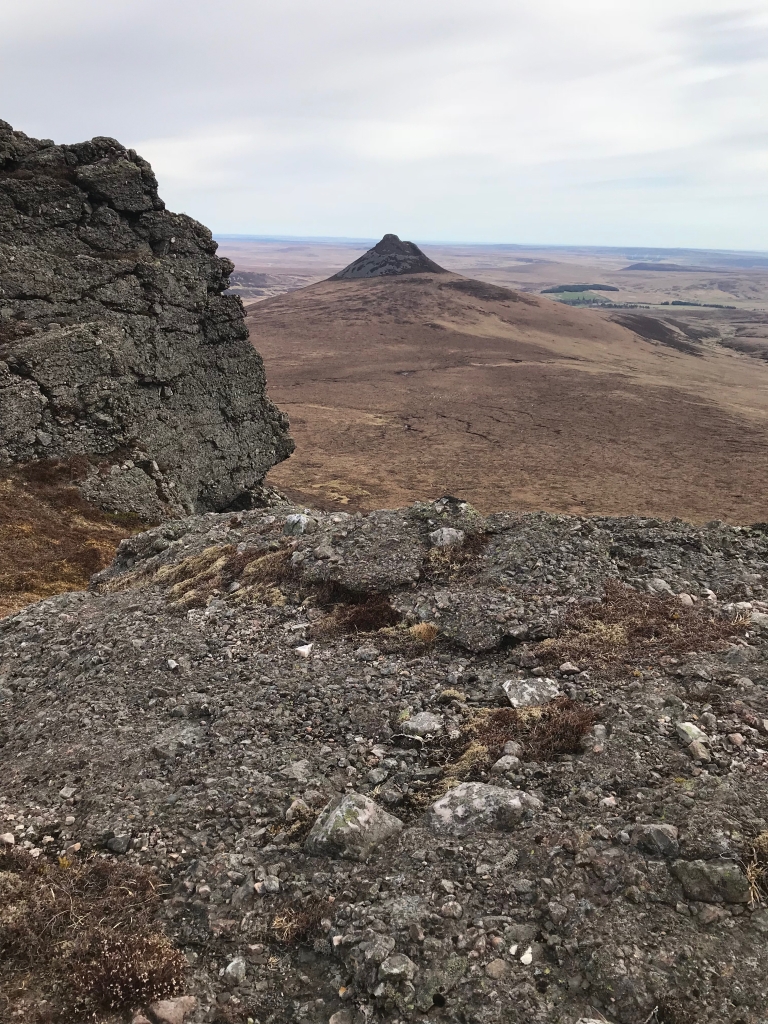
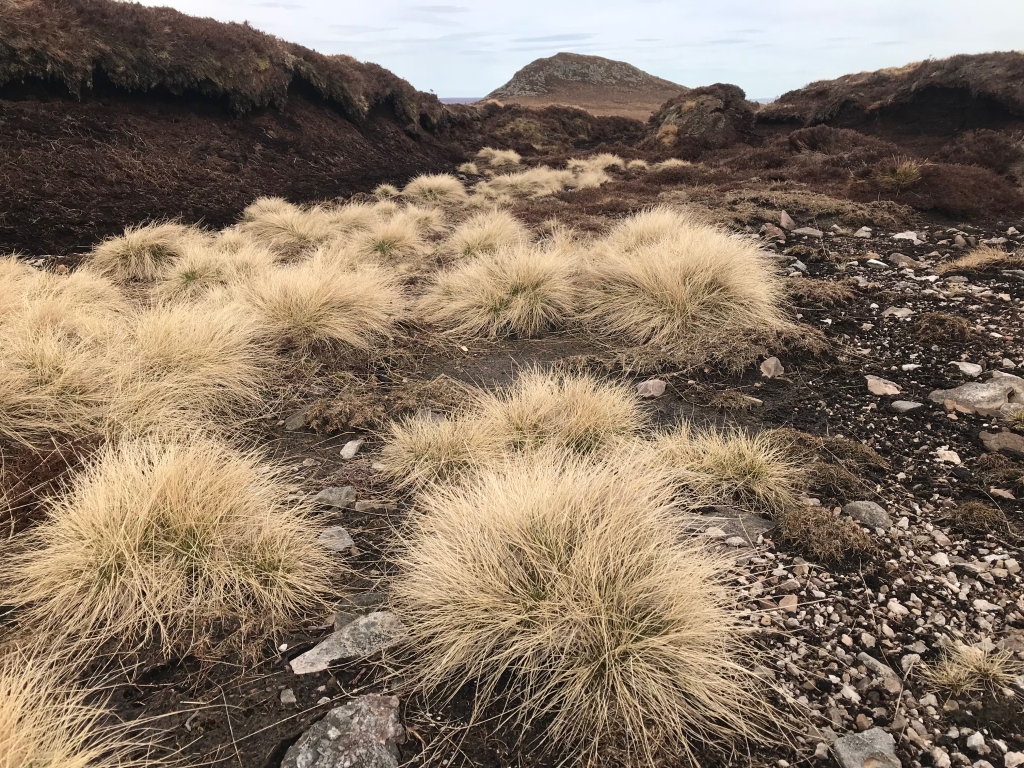
Getting to Morven involves effort but it’s worth it. The tallest hill in Caithness rises like a pyramid above the flatlands of Caithness and offers views as good as those from Scaraben. Morven means big hill. Its westerly neighbour Small Mount, has a quartzite cover.
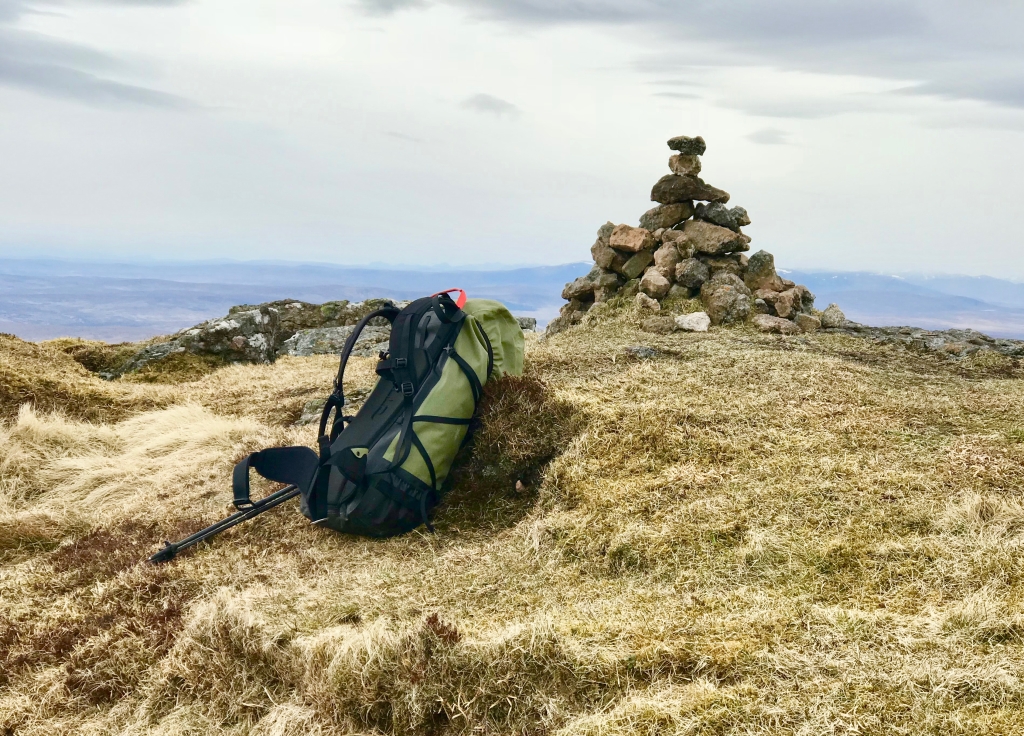
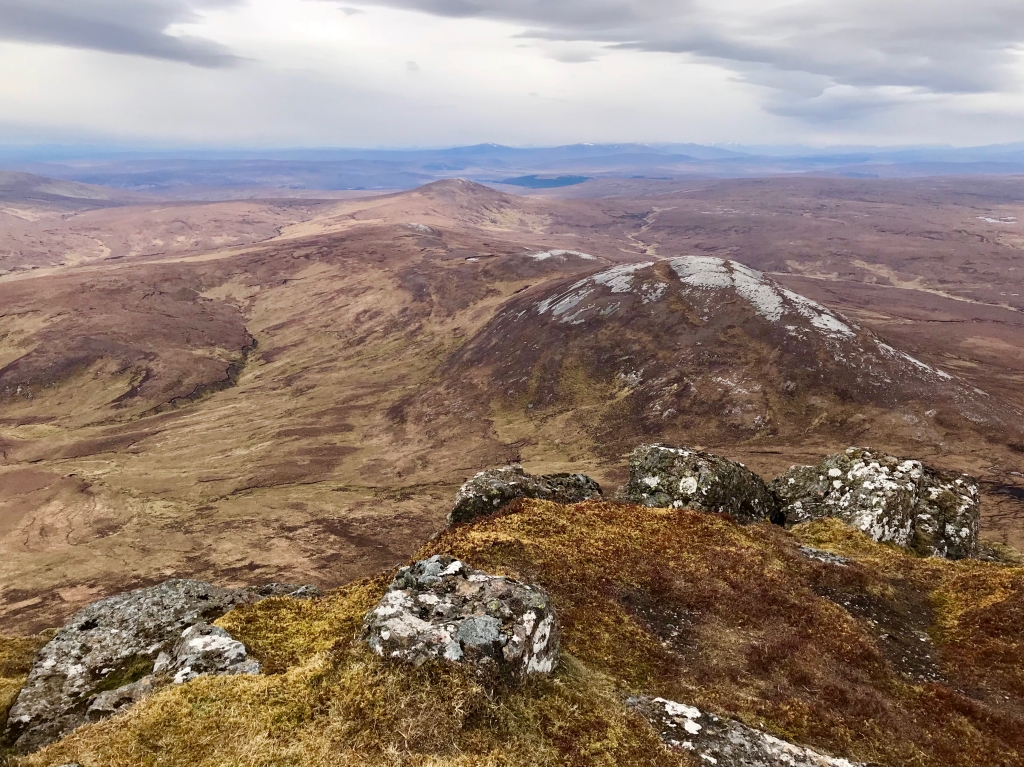
I went along the ridge to Cnoc an Eireanaich, where I startled a dozy eagle, and headed down to the Kildonan Burn. My plan was to find a nice campsite and then complete the descent to the station next morning. That plan was another thwarted by arthropods. The Duomid went up on a soft, dry mossy patch – and then came down when I realised the moss was home to hundred of ticks.


Dead deer had lain beside the Allt a’Choire Ghlais. By a sheepfold were dozens more, making camping an unattractive proposition so I headed down to the gold fields. An animal track took me across a steep slope which according to the 1:25,000 map has the main diggings at its base. There was no need to worry about tumbling from the narrow path all of the way down to the diggings as big gorse bushes would have caught any fall.

At the station, a request stop, lights came on 2 minutes before the last train was due. Nothing else happened for a while and then, after half an hour, the lights went off. I was eyeing up the station lawn as a potential pitch when an engineering train came from the wrong direction and stopped. A man leaned out and told me my train had broken down. It limped back to Inverness where passengers switched to a different train. This train was running fifty minutes late. Scotrail/Abelio had not known I would be waiting at Kildonan. They sent the engineering train just in case! Hats off, I say. Oh, and the replacement train arrived fifty minutes late, as promised.

